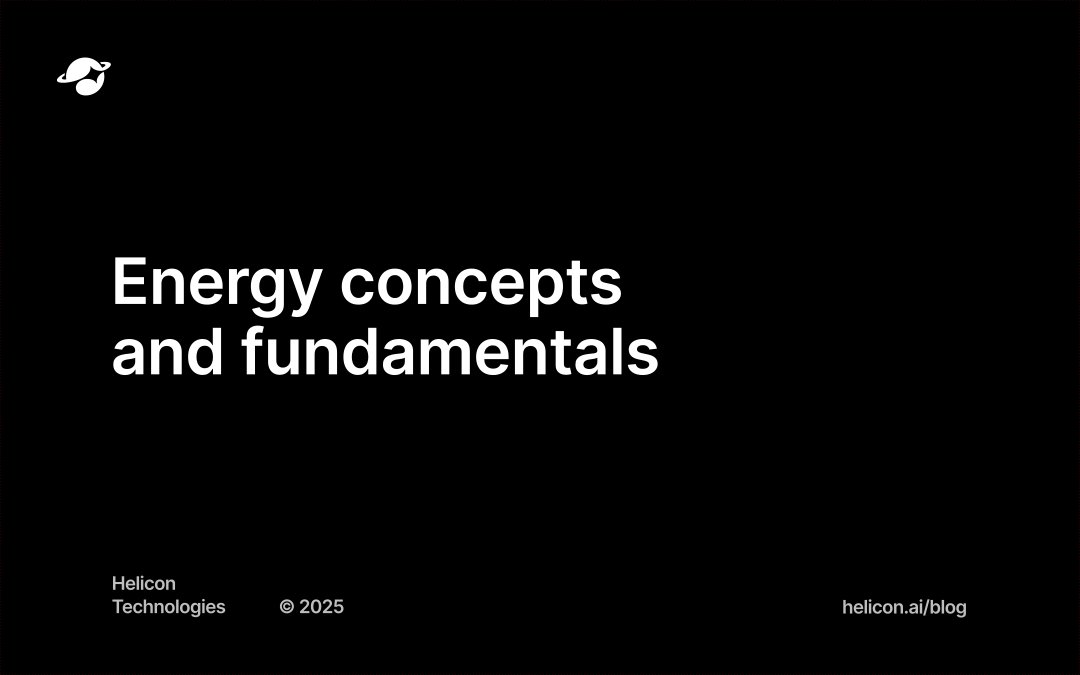
Introduction
This article explores the four key activities of electricity delivery in Sweden -- production, transmission, distribution, and retailing -- and describes the key actors involved.

Activities
There are four major steps involved in the electricity delivery process: production, transmission, distribution, and retailing.
Production
The initial stage where electricity is generated. The majority of the electricity production in Sweden comes from hydro power (41 %), nuclear power (29 %), and wind power (19 %). Other sources of power include cogeneration (10 %, fueled by bio fuels, fossil fuel, peat etc) and solar (~1 %).
Transmission
Once electricity is generated, it needs to be transported from the power plants to the areas where it will be used. This is done through high-voltage transmission lines (referred to as the "main grid", or transmissionsnät or stamnät in the context of Sweden). These lines are capable of transporting electricity over long distances with minimal loss of energy. The electricity travels at high voltages because it reduces the energy lost as heat.
Distribution
When the electricity reaches its destination area, it goes through a multi-tiered distribution network. Initially, the regional grid (regionnät) steps down the high voltage from the transmission lines using transformers in substations. This prepares the electricity for further distribution to more localized areas. Then, the local grid (lokalnät) takes over, performing an additional step-down in voltage to levels suitable for use in homes (230 V / 400 V) and large industries (10 - 20 kV). This final transformation ensures that the electricity is safe and usable for everyday consumption.
Retailing
This is the final stage, involving the sale of electricity to consumers. Electricity retailers purchase wholesale electricity from the producers and sell it to residential, commercial, and industrial users. They are responsible for billing and customer service.
Summary
We've briefly mentioned the different parts of the electricity grid in the previous sections. Let's summarize:
- Transmission grid (transmissionsnät, previously stamnät): Transports large quantities of electricity to the distribution grids. High-voltage lines capable of transporting electricity long distances. 220 or 400 kV.
- Distribution grid (distributionsnät): The Swedish distribution grid is used to distribute electricity from the transmission grid. It is comprised of two sub grids:
- Regional grid (regionnät): Connects to the transmission grid and transports electricity to the local grid. Producers are sometimes connected directly to the regional grid. 130 kV.
- Local grid (lokalnät): The local grid transports the electricity to the consumers. Typically 230 V to households and 10 - 20 kV to large industries.
Actors
In this section we'll briefly describe the key actors that ensure a smooth power delivery process.
Electricity Producers
Swedish term: Elproducent
Regulation status in Sweden: Deregulated
The producers are responsible for generating electricity, either for their own consumption or for third parties. At the same time, they are the ones who build, operate and maintain the production plants.
Producers include: Vattenfall, Fortum, E.ON, and Sydkraft.
Transmission system operator (TSO)
Swedish terms: Systemansvarig, transmissionsnätsföretag or transmissionsnätsoperatör
Regulation status in Sweden: Regulated
An organization entrusted with monitoring, controlling, and operating transmission of energy on a national or regional level using fixed infrastructure. TSOs are typically state run natural monopolies. The TSO in Sweden is called Svenska kraftnät (SVK).
Also worth mentioning is the European association for the cooperation of transmission system operators (ENTSO-E). It is an association representing TSOs from 35 countries across Europe and it is responsible for secure and coordinated operation of Europe's electricity system.
Distribution System Operator (DSO)
Swedish term: Nätägare
Regulation status in Sweden: Regulated
An entity operating an electric power distribution system responsible for transporting power to end-users. There are approximately 170 DSOs in Sweden.
Examples of DSOs in Sweden: Ellevio, E.ON, Vattenfall, Fortum, Umeå Energi, Kraftringen.
Electricity retailers / Power suppliers
Swedish term: Elleverantör
Regulation status in Sweden: Deregulated
The power retailers are the organizations with whom the consumers have their contracts. While customers cannot choose their distributors, they are free to choose their supplier. Customers who do not have the same distributor and supplier often get two bills.
Examples of suppliers: E.ON, Fortum, Greenely, GodEl.
Power market exchange
Swedish term: Elbörs
Regulation status in Sweden: Deregulated
Electrical power is very difficult to store efficiently. Therefor it is almost exclusively produced at the same time it is being used. The price fluctuates and is determined based on supply and demand dynamics. In the retailing stage, electricity retailers purchase electricity from the wholesale market -- often through exchanges like Nord Pool -- to provide to their customers. The prices in the wholesale market influence the rates that retailers charge their consumers.
